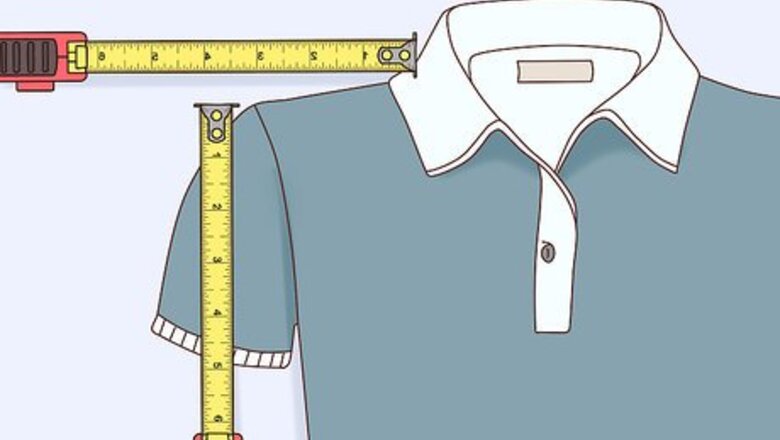
views
Creating a Pattern
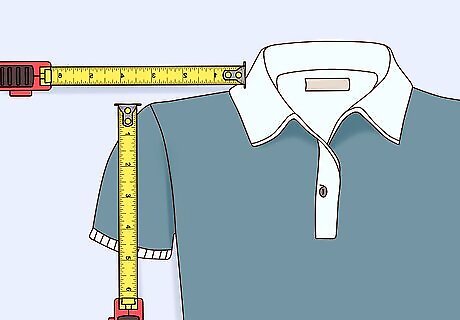
Measure the width and depth of the garment’s upper shoulder area. If you’re making shoulder pads to fit inside a specific piece of clothing, turn the sleeve inside-out and make sure you have access to the armhole and shoulder seams. Use a tape measure to determine how wide and deep the shoulder pad will need to be to fit within this area. If you’re not working with a specific garment, measure over the curve of the top of your shoulder. You’ll also want to measure the width of your shoulder, starting from where you want the shoulder pad to sit inside a garment and reaching out as far as you’d like the shoulder pad to extend. For example, a your measurements could be 5 ⁄2 in (14 cm) wide by 4 in (10 cm) deep. You want to make sure that the width from your neck to your shoulder or your armhole area is the same as what your shoulder pad is.
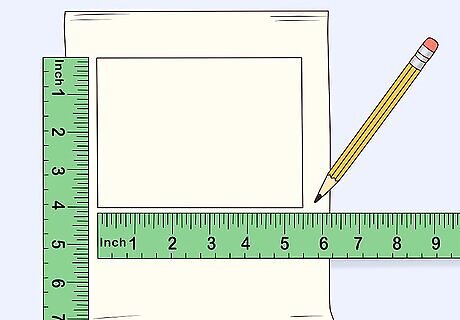
Draw out a rectangle on paper using the width and depth measurements. This will form the basis for your shoulder pad pattern. Since you’ll be reusing it a few times, choose a stiff cardstock or butcher’s paper to draw your pattern on. Sketch out a rectangle using the shoulder area measurements you just took and make note of which lines indicate width and depth. For example, if the measurements you took were 5 ⁄2 in (14 cm) wide by 4 in (10 cm) deep, your rectangle will be 5 ⁄2 in (14 cm) by 4 in (10 cm).
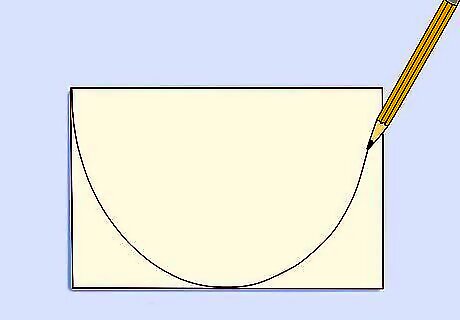
Sketch a “D” shape within this rectangle to create the shoulder pad pattern. For a standard shoulder pad, your pattern will be an arch or “D” shape, with a little more volume towards one side. Turn your rectangle so that the edge drawn to the depth measurement sits parallel to you. Sketch in a curved line that extends from the top left corner, skims across the center of the right side of the rectangle and connects back to the bottom left corner. This will be the finished edge of your shoulder pad pattern. The side with a little more volume will be positioned towards the back of your shoulder area. If you’re drawing a true “D” shape, the fullness should be on the bottom half. This will be worn on your right shoulder. Use a French curve to get the smoothest possible line. The “D” shape is standard, but you might want a slight variation of this to achieve different results. If you want the shoulder pad to add more volume directly above your shoulder and extend a little beyond, sketch more of a circular shape. If you would rather have less volume directly above your shoulder, carve out the vertical line in your “D” shape so it’s more of an arch or moon shape.
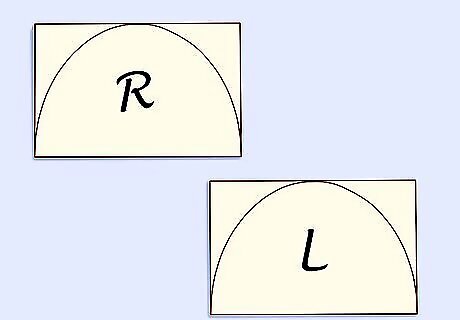
Label both sides of the pattern piece to indicate the right and left shoulder pads. Write “R” on one side and “L” on the reverse so that you’ll know which shapes are intended for the right and left shoulders. If you’ve drawn a true “D” shaped pattern, the top side will be “R” and the reverse will be “L.” If you prefer, you can draw out 2 separate patterns instead of using 1 piece of paper for both right and left shoulder pads. To do this, flip over the original pattern piece onto another sheet of paper and trace around the edges. Both pieces should be mirror images of each other. You can also make your shoulder pads symmetrical, in which case you won’t need to mark the right and left sides.
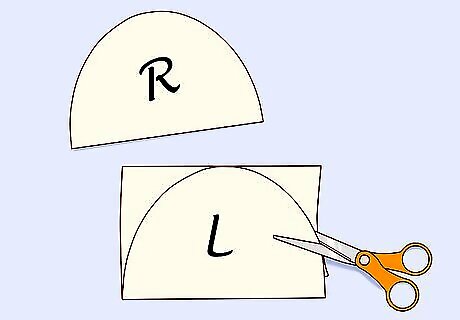
Cut out the pattern piece with paper scissors. Cut carefully around the curved edges so you don’t end up with any wonky edges on the finished product. Make sure to use paper scissors because cutting stiff paper will dull the edges of your fabric shears.
Cutting out the Batting and Fabric
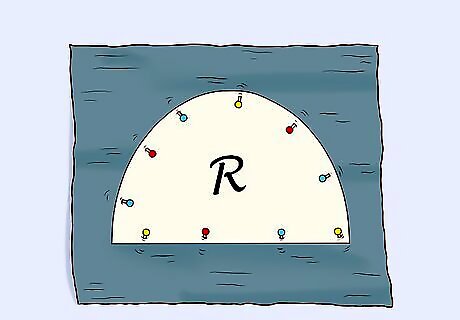
Trace the right shoulder pad pattern onto quilters’ batting twice. Pin the paper pattern onto a piece of quilters’ batting, with the “R” side up. With a fabric marker or pencil, trace around the edges. Label the piece of batting “R.” Repeat for a second piece.
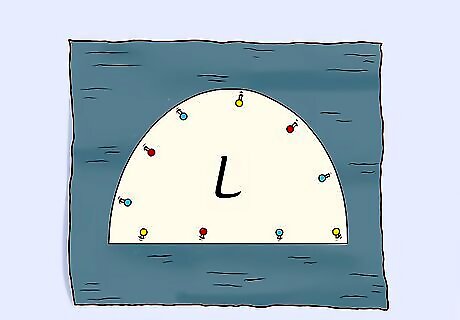
Trace the left side onto batting twice and cut out all 4 pieces. Flip the pattern piece over so that the “L” side faces up. Pin the paper pattern onto quilters’ batting and trace around the edges before labeling this piece “L.” Do this a second time so you end up with 2 pieces labeled “L."
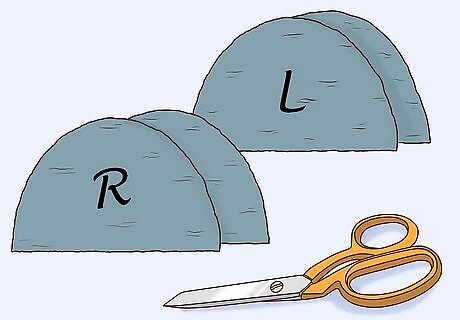
Cut all 4 pattern pieces out with fabric shears. Carefully cut around each pattern piece that you traced with sharp fabric scissors. You should end up with 2 separate pieces that are labeled "L" and 2 other pieces labeled "R."
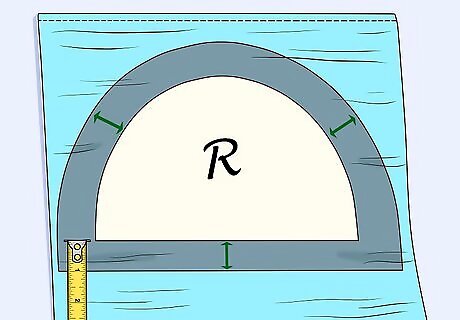
Trace the pattern onto fabric, adding 1 in (2.5 cm) seam allowance. Pin your paper pattern onto the wrong side of a piece of lining fabric. Then, trace around the pattern piece. Use a ruler to mark 1 in (2.5 cm) of seam allowance around the entire piece. Do this once for the “R” side and once for the “L” side. The lining fabric you choose should match the fabric on the inside of your garment. If you’re working with a red blazer that’s lined in black fabric, you should select a similar black fabric to use for covering the shoulder pads.
Constructing the Shoulder Pads
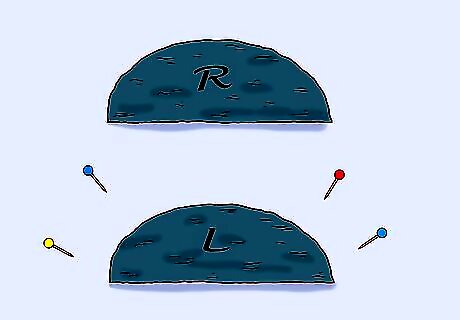
Sandwich 2 layers of batting together and pin them. Pair up the matching “R” and “L” pieces and pin them together. This will create a thicker shoulder pad that has 1 layer of batting. If you want your shoulder pads to have graduated thickness, cut out a series of progressively smaller pieces. Use fabric spray adhesive to secure the pieces together in a stack. You’ll place another full-sized piece of batting over the top to smooth over the levels.
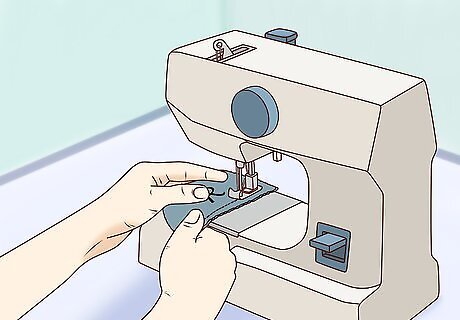
Use a sewing machine to straight stitch around the edges of the stack. Sew a straight stitch around the perimeter to hold the layers of batting together.
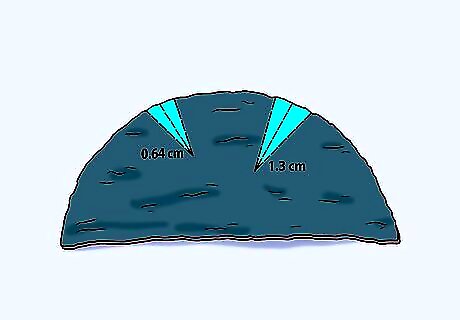
Mark 2 darts on the curved edge of the batting. The first dart will take in ⁄4 in (0.64 cm) and the second, larger dart will take in ⁄2 in (1.3 cm). The larger dart should go on the side with more volume which will be positioned towards the back of the shoulder. They can both be about 2 in (5.1 cm) deep. Mark these with a fabric marker or pencil.
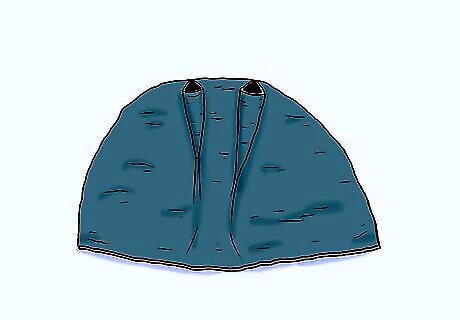
Pin and machine sew the darts. Pin in the darts on both shoulder pads, making sure you’re taking in volume from both of the 2 layers of batting. Sew the darts closed using a machine straight stitch. Trim away the loose threads.
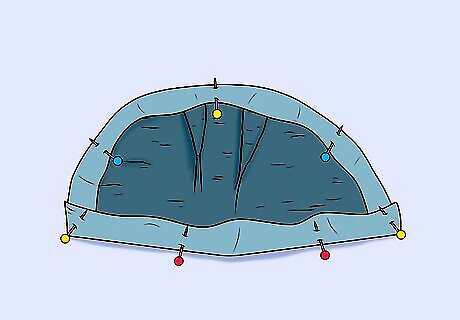
Fold and pin the seam allowance of the lining fabric over the batting. Place the batting onto the wrong side of the corresponding “R” and “L” pieces of lining fabric. Position it in the center and begin folding the 1 in (2.5 cm) seam allowance toward the inside. Pin around the edges. The lining fabric should now be enclosing the edges of the batting. Take care in folding around the corners so that the seam allowance doesn’t stick out or add too much bulk.
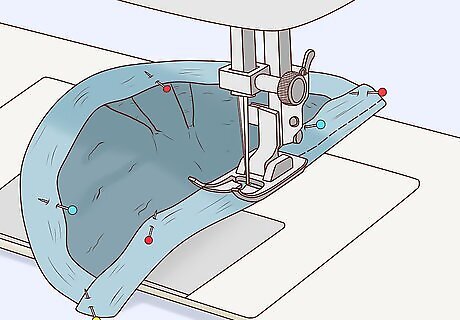
Machine sew around the perimeter of the shoulder pads. Sew a straight stitch ⁄4 in (0.64 cm) away from the folded edge. Now, your lining fabric should be totally enclosing all edges of the batting.
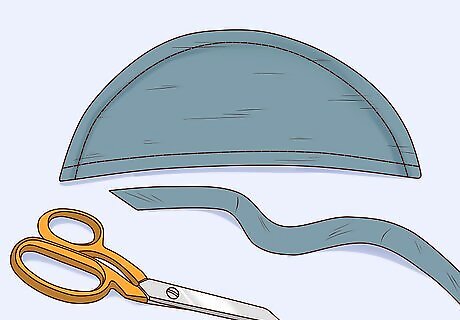
Trim away the raw edges of the lining fabric. Trim away the excess seam allowance. If you have pinking shears, use these when trimming away the seam allowance so that the raw edges of the lining fabric won’t fray. Your shoulder pads are now ready to whip stitch into the garment of your choice!


















Comments
0 comment